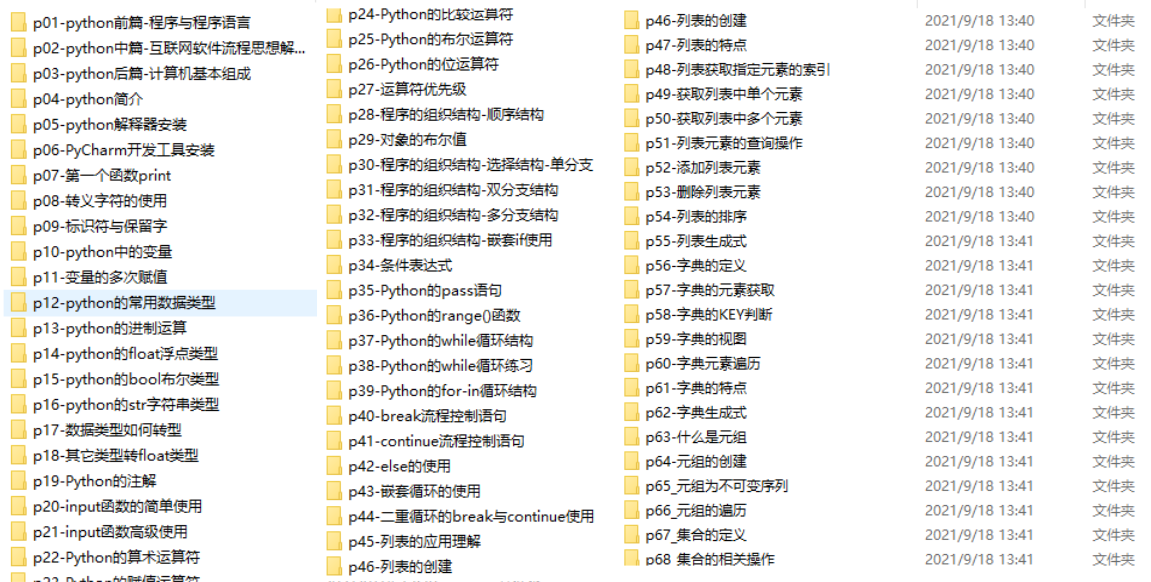pytorch版本
def Conv3x3BNReLU(in_channels,out_channels,stride,groups):
return nn.Sequential(
nn.Conv2d(in_channels=in_channels, out_channels=out_channels, kernel_size=3, stride=stride, padding=1, groups=groups),
nn.BatchNorm2d(out_channels),
nn.ReLU6(inplace=True)
)
def Conv1x1BNReLU(in_channels,out_channels):
return nn.Sequential(
nn.Conv2d(in_channels=in_channels, out_channels=out_channels, kernel_size=1, stride=1),
nn.BatchNorm2d(out_channels),
nn.ReLU6(inplace=True)
)
def Conv1x1BN(in_channels,out_channels):
return nn.Sequential(
nn.Conv2d(in_channels=in_channels, out_channels=out_channels, kernel_size=1, stride=1),
nn.BatchNorm2d(out_channels)
)
class InvertedResidual(nn.Module):
def init(self, in_channels, out_channels, stride, expansion_factor=6):
super(InvertedResidual, self).init()
self.stride = stride
mid_channels = (in_channels * expansion_factor)
self.bottleneck = nn.Sequential(
Conv1x1BNReLU(in_channels, mid_channels),
Conv3x3BNReLU(mid_channels, mid_channels, stride,groups=mid_channels),
Conv1x1BN(mid_channels, out_channels)
)
if self.stride == 1:
self.shortcut = Conv1x1BN(in_channels, out_channels)
def forward(self, x):
out = self.bottleneck(x)
out = (out+self.shortcut(x)) if self.stride==1 else out
return out
keras版本
def relu6(x):
return K.relu(x, max_value=6)
保证特征层数为8的倍数
def make_divisible(v, divisor, min_value=None):
if min_value is None:
min_value = divisor
new_v = max(min_value, int(v+divisor/2)//divisor*divisor) #//向下取整,除
if new_v<0.9*v:
new_v +=divisor
return new_v
def pad_size(inputs, kernel_size):
input_size = inputs.shape[1:3]
if isinstance(kernel_size, int):
kernel_size = (kernel_size, kernel_size)
if input_size[0] is None:
adjust = (1,1)
else:
adjust = (1- input_size[0]%2, 1-input_size[1]%2)
correct = (kernel_size[0]//2, kernel_size[1]//2)
return ((correct[0] - adjust[0], correct[0]),
(correct[1] - adjust[1], correct[1]))
def conv_block (x, nb_filter, kernel=(1,1), stride=(1,1), name=None):
x = Conv2D(nb_filter, kernel, strides=stride, padding=‘same’, use_bias=False, name=name+‘_expand’)(x)
x = BatchNormalization(axis=3, name=name+‘_expand_BN’)(x)
x = Activation(relu6, name=name+‘_expand_relu’)(x)
return x
def depthwise_res_block(x, nb_filter, kernel, stride, t, alpha, resdiual=False, name=None):
input_tensor=x
exp_channels= x.shape[-1]*t #扩展维度
alpha_channels = int(nb_filter*alpha) #压缩维度
x = conv_block(x, exp_channels, (1,1), (1,1), name=name)
if stride[0]==2:
x = ZeroPadding2D(padding=pad_size(x, 3), name=name+‘_pad’)(x)
x = DepthwiseConv2D(kernel, padding=‘same’ if stride[0]==1 else ‘valid’, strides=stride, depth_multiplier=1, use_bias=False, name=name+‘_depthwise’)(x)
x = BatchNormalization(axis=3, name=name+‘_depthwise_BN’)(x)
x = Activation(relu6, name=name+‘_depthwise_relu’)(x)
现在能在网上找到很多很多的学习资源,有免费的也有收费的,当我拿到1套比较全的学习资源之前,我并没着急去看第1节,我而是去审视这套资源是否值得学习,有时候也会去问一些学长的意见,如果可以之后,我会对这套学习资源做1个学习计划,我的学习计划主要包括规划图和学习进度表。
分享给大家这份我薅到的免费视频资料,质量还不错,大家可以跟着学习






















 1223
1223











 被折叠的 条评论
为什么被折叠?
被折叠的 条评论
为什么被折叠?








